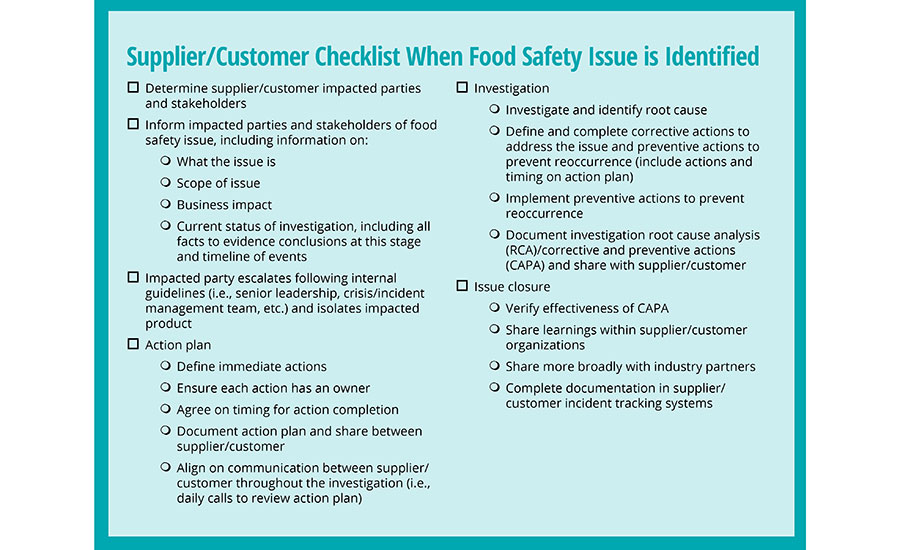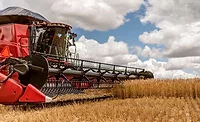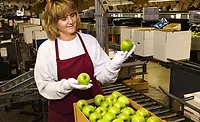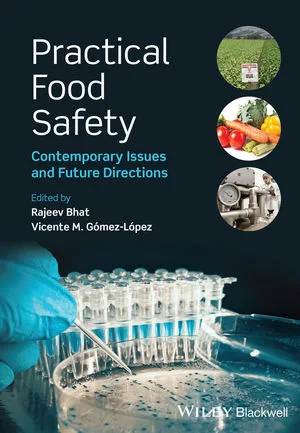Supplier Collaboration on Food Safety Issues
When suppliers and customers partner together effectively, issues are resolved more quickly and with better outcomes

Image credit: SeventyFour/iStock/Getty Images Plus via Getty Images
When it comes to food safety, collaboration between ingredient suppliers and finished food manufacturers is crucial. Whether you are the supplier or the customer, no one wants a food safety issue. However, incidents can and do happen, and the situation arises where suppliers and manufacturing customers need to work together to solve an issue.
Both parties have crisis management plans in place, but they typically do not detail the specific partnership needed in the instance of an ingredient food safety issue. What should this collaboration look like? It is important to have open lines of communication and clearly defined actions throughout the entire investigation. Everyone's goal should be to resolve the issue and prevent it from happening again, while maintaining a positive relationship. When suppliers and customers partner together effectively, issues are resolved more quickly and with better outcomes.
Forging Strong Alliances with Suppliers is Key
Manufacturers need to develop strong relationships with their suppliers before they are in a crisis. It is so much easier to reach out to a person you know and connect with on a regular basis. A foundation should exist that not only includes knowledge of each other's food safety plans, but also how ingredients are produced and used in finished foods. This knowledge should be shared at all levels—not just with management. Operators are often the first line of defense and can prevent or call out concerns before they become an issue.
Building this relationship with your suppliers can start with reciprocal site visits and regular connections on performance. It can expand to sharing best practices, industry trends, and even product samples. Ingredient suppliers appreciate seeing the end products into which their ingredient is incorporated. This investment of time and effort in a strong relationship pays off if there is a crisis.
Food safety issues can originate at the ingredient supplier or at the finished food manufacturer. Sometimes an issue is discovered, but the source is not uncovered until further investigation is conducted. Regardless, if an issue occurs, a plan needs to be in place. Checklists are a great tool, especially in a crisis to make sure nothing important is missed. The checklist in Figure 1 offers a framework for the steps that need to happen, and it can be utilized by both parties as they work to resolve the issue.

Tackling Issues With Teamwork
The first step after identifying an issue is to determine the impacted parties and stakeholders—i.e., who needs to know about this? This includes identifying what facilities are involved, operations, procurement, quality, and even legal counsel, depending on the severity of the issue. For example, imagine that an ingredient supplier identifies a food safety concern in one lot of the ingredient. The supplier will trace which customers/facilities received that lot and reach out to those customers. It will also be working internally with its producing location. Procurement will need to be brought in to secure replacement ingredient supply. Perhaps this issue causes the receiving facility to shut down for sanitation. Each situation is unique, but it is important to bring in all the stakeholders as soon as possible to consider all aspects of the issue and potential solutions.
Once these people are identified, they should be informed of the issue as quickly as possible. Clear communication is key so that everyone understands the issue. It is helpful to start with a triage call to review the facts and clarify any relevant information. The discussion should center around what is known about the issue, the scope, the business impact, and the status of any preliminary investigatory work. At this stage of the process, do not jump to conclusions on root cause or speculate about what the outcome might be. Focus on the facts and all evidence to support the conclusions at this point of the investigation. If the source of the food safety issue is not clear, then provide that information and know that both parties may be conducting separate investigations. Both sides should understand each other's perspectives. For example, the issue may be a minor inconvenience for one company, but cause production shutdowns and added cost for the other company. Understanding these effects allows for empathy, acknowledgment of any frustration or inconvenience caused by the issue, and clear expectations on the sense of urgency.
Looking for quick answers on food safety topics?
Try Ask FSM, our new smart AI search tool.
Ask FSM →
Now that all impacted parties and stakeholders have been informed and have a clear understanding of the issue, they should follow their internal crisis management plan. Depending on the severity of the issue, they may need to alert senior leadership, the crisis/incident management team, or other key individuals. It is important to follow all internal policies and keep communication open—not only between the supplier and manufacturer, but also between company leadership and key decision-makers.
When an issue arises, there are often many actions that need to take place right away. These actions could include gathering additional information (e.g., checking key pieces of equipment or documentation), talking to operators/mechanics, mailing samples, taking pictures, and others. All actions should be documented, ensuring that each has an owner and a defined time for completion. This working action list should be shared between the supplier and manufacturer. Also, both parties should agree on how they will communicate, as well as how often. They might start with daily calls to review the action plan or agree to send certain documentation via email and review at a designated time. The action list and communication will likely change from the beginning of the issue to the end, but both are key to keeping everyone on the same page with progress and expectations. It is also important to consider communications from a legal perspective, keeping records factual and complete.
A full investigation will need to be done to identify the root cause of the issue. In the ideal case, this is straightforward, but there are times when a root cause is hard to identify. This is where collaboration between all parties is critical. Each company knows its process in-depth, and the companies should work together to ensure that all areas have been investigated. Be open to suggestions, as sometimes the other party may have seen a similar situation or can offer advice on potential routes of investigation. Once the root cause is known, everyone should align on the corrective actions that should be taken. Now the work begins to ensure that preventive actions are put in place to prevent the issue from happening again. The RCA and CAPA should be documented and shared. These issues must be used as opportunities to learn and improve food safety systems.
At this point, the immediate crisis is over, and it is time to provide closure to the issue. The supplier and manufacturer should agree on steps and a timeline to verify the effectiveness of the CAPA put in place. It is important to share the learnings within both organizations. If possible, the learnings can be shared more broadly with industry partners. The final close-out of the issue includes completing the documentation in both parties' incident tracking systems.
Any food safety issue is an unwanted challenge, but strong partnerships between suppliers and finished food manufacturers are key in working through them. Having a strong foundation, following a plan, and maintaining positive, fact-based communication at all steps makes the process of working through a crisis go more smoothly. The best outcome of this effort is the peace of mind that the issue is resolved and will not happen again!
C.J. (Carolyn) Flint is the Director of Ingredient Quality for Kellanova (formerly Kellogg Company) North America. She has championed quality and food safety for over 25 years in confectionery, cereal, and snack food manufacturing. She is a graduate of the University of Delaware with a B.S. degree in Chemistry.








